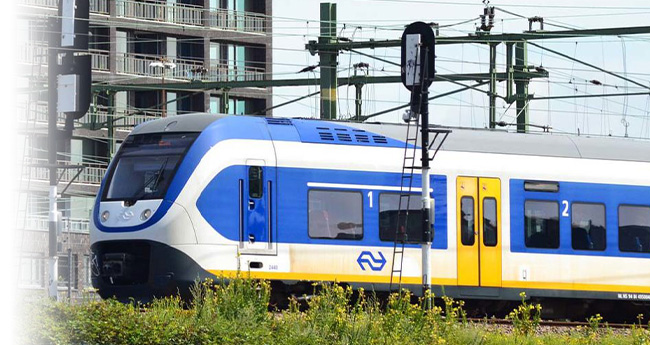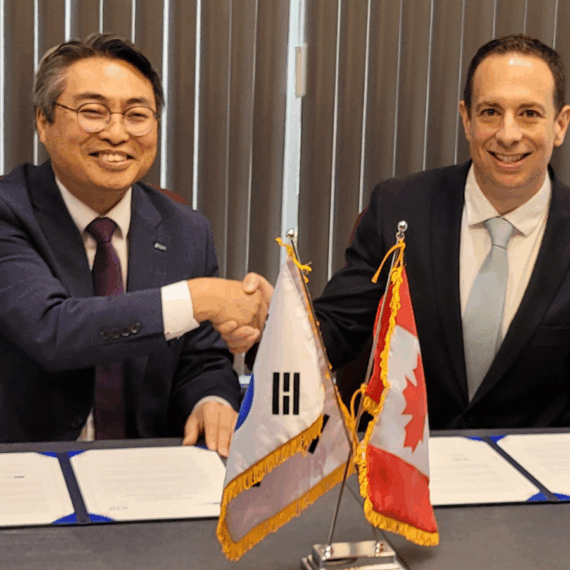Residential/Commercial/
Industrial
EMC & Electrical Safety Testing of Light, Heavy and Industrial Machinery

Most of the electrical and electronic apparatus designed for residential, commercial, light, and heavy industrial environment is tested to generic standards of International Electrotechnical Commission (IEC). The main reason is there are limited product specific or product family standards available for these industries. But that doesn’t mean these generic standards don’t provide adequate information. These standards define terms, rules, test methods, test limits and test levels. They are entirely adequate in themselves to fulfil the testing and certification guidelines. Most widely used international and European standards for residential, commercial, and light industrial including heavy industrial environment are as follows:
- IEC/EN 61000-6-1 – Immunity Standard for residential, commercial, and light-industrial environments
- IEC/EN 61000-6-2 – Immunity standard for industrial environments.
- IEC/EN 61000-6-3 – Emission standard for equipment in residential environments.
- IEC/EN61000-6-4 – Emission standard for industrial environments.
The products designed for residential environment must meet class B limit lines which are 10dB stringent then the commercial environment, but immunity is not as stringent. The radiated emissions measurements are performed at 3m for residential and 10m for class A commercial products. The conducted emissions requirements for mains ports and telecommunication ports must be satisfied in frequency range 0kHz-30MHz and 150kHz to 30MHz for mains ports, where requirements for radiated emissions are as follows:
- 30 MHz-230MHz if internal oscillator or working frequency is up to 9kHz.
- 30 MHz-1GHz if internal oscillator frequency is up to 108MHz.
- 30 MHz-2GHz if internal oscillator frequency is up to 500MHz.
- 30 MHz-5GHz if internal oscillator frequency is up to 1.0GHz.
- 30 MHz-6GHz if internal oscillator frequency is higher than 1.0GHz or is unknown.
The test guidelines set out for other countries are very similar as well. Many countries write their own standards and there are many bodies writing standards, but majority are based on these of International Electrotechnical Commission (IEC) standards. CISPR and TC77 (Technical Committee 77) are two organizations of IEC that write EMC standards. The EMC standards written by CISPR are written as CISPR Pub xxxx, and the standards written by TC77 are written as IEC xxxxx. For the US, American National Standards Institute (ANSI) Accredited Standards Committee C63 typically writes these measurement FCC standards. C63 is a major United States EMC standards developer focused on many aspects of emission and immunity measurements as well:
- FCC Part 15 – Emissions standard for Industrial, Scientific and Medical for the US.
- FCC Part 18 – Emissions standard for Industrial, Scientific and Medical for the US.
- ICES-001 – Emissions standard for Industrial, Scientific and Medical for Canada.
When it comes to testing the large equipment out in the open, skill set of the test personnel is a key factor. Performing testing mainly radiated emissions In-Situ is very similar to performing testing at the Open-Air Test Site (OATS) as outlined in ANSI C63.4. The test personnel must be well trained to perform radiated emission in this environment. The test personnel also must be mindful of high ambientes, hidden signals from product under test, reflective materials, and should perform measurements in a large enough free space. The biggest and most important challenge is ambientes and signals hidden in these ambientes that are coming from the product under test. The rf signals coming from broadband TVs, AM radios, FM radios, wireless towers, air traffic controls, and emergency dispatchers make it very challenging. Extra precaution should be paid in the FM band from 87.5MHz to 108.0MHz.
QAI’s Capabilities for Manufacturing including Residential, Light, Heavy and Industrial Machinery: Please review our ISO 17025 scope accreditation here for more information or talk with a member of our sales team.
For more information about our services please contact us at:
📞 USA 888.540.4024 📞 CANADA 877.461.8378

Founded in 1995 by a group of experienced certification and testing experts, QAI is an independent third-party testing, inspection and certification organization which serves the building industry, government and individuals with cost effective solutions through our global, in-house capabilities / services.
Latest News
-
QAI Expands Code Evaluation Report (CER) Services to Canada
QAI is proud to announce that our Code Evaluation Report (CER) services
8 October, 2025 -
QAI and KTR Signing Ceremony Marks New Chapter in Global Testing and Certification Collaboration
QAI Laboratories and the Korea Testing & Research Institute (KTR) are
28 August, 2025
Services
Contact
 USA 1(888)540.4024
USA 1(888)540.4024
 Canada 1(877)461.8378
Canada 1(877)461.8378
 Europe info@qai.org
Europe info@qai.org
 China china-info@qai.org
China china-info@qai.org
 S Korea asia-info@qai.org
S Korea asia-info@qai.org



